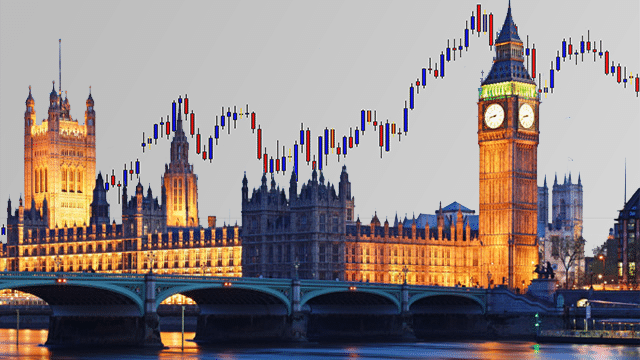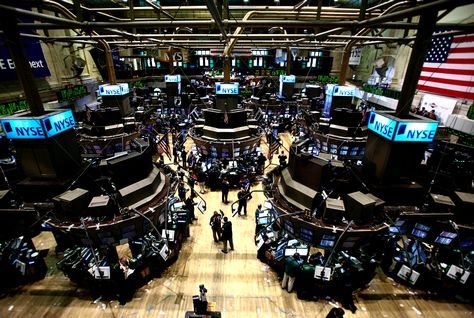One of the advantages of the Forex market is that it’s open 24 hours over the 5 day working week.
This gives traders the freedom to place trades whenever they like and have a break over the weekend. However, liquidity and market movement is not consistent through the whole 24 hour period.
Some time brackets are quieter than others, while other trading hours are extremely active.
Although traders can place their trades at any time, one simply can’t sit in front of the market for the whole 24 hour period.
Some traders may be sleeping during active periods and completely missing all the good moves, while only actively trading when the market is quiet.
At first this may seem like a disadvantage, but you don’t have to be in front of the trading screen to “actively trade”, we use end of day trading strategies to work around this problem.
The 24 hour trading “day” is broken down into 3 main sessions. The Asian, London & New York sessions.
The Asian Session
The Asian session officially begins when the Sydney markets open up. During this time the market is pretty inactive with only the occasional fluctuations in price.
The Asian session really fires up when the Tokyo exchange comes online about 3 hours after the Sydney open.

Japan is the third largest trading center in the world.
This shouldn’t come as a shock, as we seen in the last chapter, the Japanese Yen is the third most traded currency.
Trading during the Asian session is usually uneventful and can be quite boring, but in our advanced Price Action course we do show you how the Asian session movements can be used to forecast price movements in the busier later sessions.
Since the Asian economies are most active during the Asian session, financial news releases can be the main drivers for any action in this normally quiet period.
Remember important economic announcements like interest rates and employment figures are released for all the Asian economies during the Asian session.
The most active economies of the Asian session are Japan, Australia, China, New Zealand, Hong Kong and Singapore.
The London Session

When the London bell rings is when most would say the trading really begins.
London is considered to be the Forex capital of the world because of its strategic location, and the fact that most Forex accounts are located in London.
The London Forex trading session experiences the largest amount of trading volume out of all the sessions.
This is when volatility and liquidity is at their highest, these are also the periods when the broker spreads the cheapest.
Although the official ‘European session’ comes online about 2 hours before, when Germany and France start their day, it’s the London session that the traders have their eye on.
London is when the big players step into the market and you see trends start to develop on the charts as the large transaction start to flow in.
What pairs are best to trade during the London session?
The short answer: all of them. However the GBP, EUR & CHF will be most volatile as their economies are most active during this period.
The London Forex trading session sees the movement spike up across all currency pairs, the whole market jumps to life and it’s during this Forex trading session that most retail traders will deploy their Forex trading strategies.
The New York Session

America is the next country that the sun reaches. The financial central of America is New York City, so we call the ‘American Session’ the New York Forex trading session.
During the New York session, economic data released on America’s economy has a strong effect on the USD’s value.
Remember in the last chapter we discussed the USD is involved in 85% of Forex transactions, so any impact on the USD can have a massive effect across the entire market.
Another currency that wakes up with the New York Forex trading session session is the Canadian Dollar as Canada’s economy also come “online”.
One more important thing to note about the New York session is about 1 hour after its open; the Chicago Mercantile Exchange opens, which deals with all currency and commodity futures.
This is when commodities like Gold, Silver and Crude Oil experience their highest amount of activity.
The London & New York Session Overlap

The last half of the London Forex trading session and the first half of the New York session creates the famous London-New York overlap period.
This overlap period is when the market really peaks out and price movements are at their absolute highest.
Think about it, you’ve got the two biggest financial centers in the world operating simultaneously. Most traders make sure they miss this action.
When the London Forex trading session closes, activity in the market dies down and the last half of the New York session is pretty tame. Sometimes there may be some late news reports released in the later parts of the New York session which may spark some last minute volatility.
After New York closes, market activity drops right off the cliff and Sydney opens back up to kick off the Asian Forex trading session again. The market cycle continues. Unless it’s the weekend then the market won’t open back up until Monday morning Sydney time, which is still Sunday for most of the world.
Which Session is the Best to Trade?
We favor trading the Daily time frame. One daily candlestick contains the whole 24 hour “Forex” period with all the session’s data combined into one candle. By reading price action off the daily chart we can make low risk, high probability trading decisions.
We use advanced tactics like using the Asian Forex trading session movements to grab refined entry prices or use the London session to trigger us into breakouts with the momentum that the London session produces.
If you would like to learn more about our Asian breakout trap strategy, breakout trap & reverse trade or any of our other end of day price action strategies, then you would benefit by having a look at our War Room membership, which contains our Forex Price Action Course.
In the next chapter we are going to look into the Japanese Candlestick. The most used chart format in the Forex industry.

Antonio
Hi,
In some other post I seem to remember reading that you like to trade after the US session has closed.
Would that be after 17:00 ET? Or later?
KR,
Antonio
Replying to: Antonio
TheForexGuyAuthor
With my strategies, I try to time breakouts to the appropriate sessions. The discussion is too large to answer here: Breakout timing is part of the Price Action Protocol